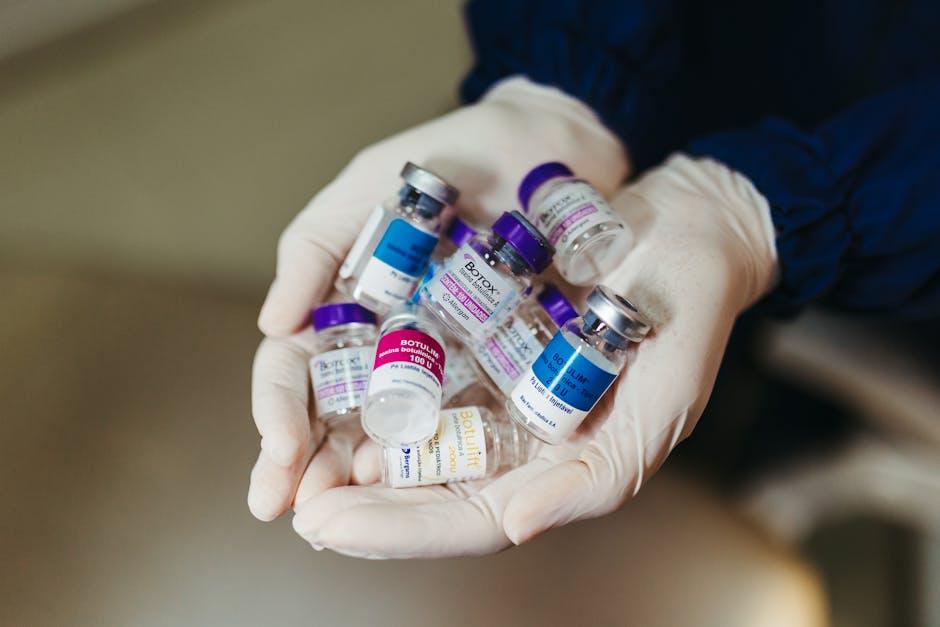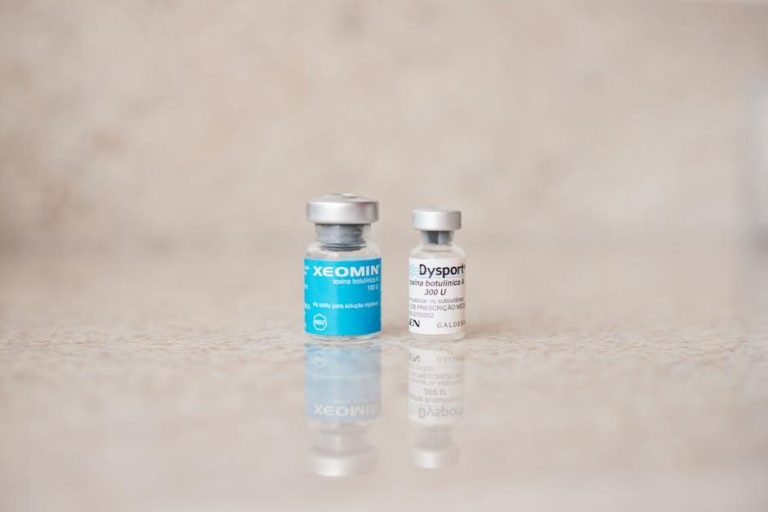
Botulinum Toxin A in Dentistry and Orofacial Surgery: An Evidence-Based Review – Part 2: Cosmetic Applications
Welcome to the second part of our comprehensive evidence-based review on Botulinum toxin A in dentistry and orofacial surgery. While the first part concentrated on therapeutic applications, today we’ll explore its dynamic and transformative role in cosmetic dentistry and facial aesthetics. With increasing patient demand for minimally invasive cosmetic procedures, understanding how botulinum toxin A enhances orofacial esthetics is essential for dental and surgical practitioners. Let’s dive into the evidence, practical applications, benefits, and even some case studies illuminating this fascinating field.
What is Botulinum Toxin A?
Botulinum toxin A, commonly known as Botox, is a neurotoxic protein derived from Clostridium botulinum. By temporarily blocking nerve signals to muscles, it causes muscle relaxation, which in cosmetic uses reduces wrinkles, fine lines, and asymmetries. Its application in dentistry and orofacial surgery has expanded rapidly due to its versatility and well-documented safety profile.
Cosmetic Applications of Botulinum Toxin A in Dentistry and Orofacial Surgery
These are some of the primary cosmetic uses of botulinum toxin A within dental and orofacial practices:
- Wrinkle Reduction: Forehead lines, glabellar frown lines, and crow’s feet around the eyes.
- Gummy Smile Correction: Reduction of excessive gum display by relaxing upper lip elevator muscles.
- Masseter Muscle Slimming: Contouring and slimming of the lower face, especially beneficial for patients with hypertrophic masseters or bruxism.
- Chin Dimpling Smoothing: Treatment of “orange peel” or cobblestone chins caused by mentalis muscle hyperactivity.
- Perioral Lines Softening: Addressing smoker’s lines or vertical lip wrinkles for a smoother mouth area.
- Facial Asymmetry Correction: Balancing uneven muscle activity to improve symmetry and aesthetics.
How Botulinum Toxin A Enhances Cosmetic Dentistry
In cosmetic dentistry, botulinum toxin A serves as a complementary tool to traditional procedures such as veneers, teeth whitening, and orthodontics by addressing the dynamic facial muscles involved in smile and lip movement:
- Smile Harmonization: Botulinum toxin A optimizes lip position to enhance esthetic smile lines and tooth display.
- Reducing Bruxism-related Wear: Relaxation of masticatory muscles lessens tooth grinding, indirectly improving dental aesthetics.
- Enhancing Restoration Longevity: Muscle relaxation minimizes tension on prosthetics and implants.
Evidence-Based Benefits of Botulinum Toxin A in Cosmetic Orofacial Treatments
Let’s break down the principal benefits as reported by peer-reviewed clinical studies and systematic reviews:
| Benefit | Description | Evidence Level |
|---|---|---|
| Minimally Invasive | Requires no surgery, with low risk of complications or downtime. | High (RCTs & Meta-analyses) |
| Immediate Results | Visible improvement within days, peak effects around 2 weeks. | High |
| Reversible & Adjustable | Temporary effects lasting 3-6 months, allowing for dose adjustments. | Moderate to High |
| Facial Symmetry Improvement | Balances uneven muscle activity, improving patient satisfaction. | Moderate |
| Enhances Patient Confidence | Significant psychological benefits with improved self-esteem. | Moderate |
Practical Tips for Dentists and Surgeons Using Botulinum Toxin A Cosmetically
When integrating botulinum toxin A into cosmetic orofacial procedures, consider these expert guidelines:
- Patient Assessment: Conduct thorough facial muscle analysis and discuss patient expectations clearly.
- Dosing and Injection Points: Use evidence-based dosing charts tailored to specific muscles (e.g., masseter vs. orbicularis oris).
- Technique: Employ precise injection methods to avoid diffusion and unintended muscle paralysis.
- Follow-Up: Schedule follow-up visits 2 weeks post-treatment to assess results and manage adjustments.
- Contraindications: Screen for neuromuscular disorders, pregnancy, infections at injection sites, or allergies.
Case Studies: Cosmetic Transformations Using Botulinum Toxin A
Case 1: Gummy Smile Correction
Patient: 32-year-old female with excessive gingival exposure on smiling
Treatment: Botulinum toxin A injections targeting the levator labii superioris alaeque nasi
Outcome: Significant decrease in gum exposure, enhanced smile esthetics, and high patient satisfaction at 3-month follow-up.
Case 2: Masseter Muscle Slimming
Patient: 40-year-old male with square jawline and bruxism
Treatment: Bilateral botulinum toxin A injections into the masseter muscles
Outcome: Reduction in muscle bulk, relief of bruxism symptoms, and an aesthetically slimmer lower face after 6 weeks.
First-hand Experience: Tips from a Leading Orofacial Surgeon
Dr. Helen M., an orofacial surgeon with over 10 years of experience, shares: “Botulinum toxin A has revolutionized the cosmetic armamentarium in orofacial surgery. Its precision and safety profile let us create natural, subtle enhancements that patients adore. However, mastery requires patience, anatomical knowledge, and continual training.”
Conclusion
Botulinum toxin A is undeniably a powerful and versatile agent within the realm of cosmetic dentistry and orofacial surgery. Its ability to deliver minimally invasive, reversible, and impressive esthetic outcomes has made it a cornerstone for practitioners aiming to enhance facial harmony and patient confidence. By adhering to evidence-based practices and combining botulinum toxin with other dental procedures, clinicians can achieve holistic improvements that go beyond teeth – redefining smiles and self-image.
Whether you are a dental professional exploring cosmetic treatments or a patient seeking tailored facial rejuvenation, the evidence supports botulinum toxin A as a safe and effective pathway to beautiful, balanced orofacial aesthetics.


